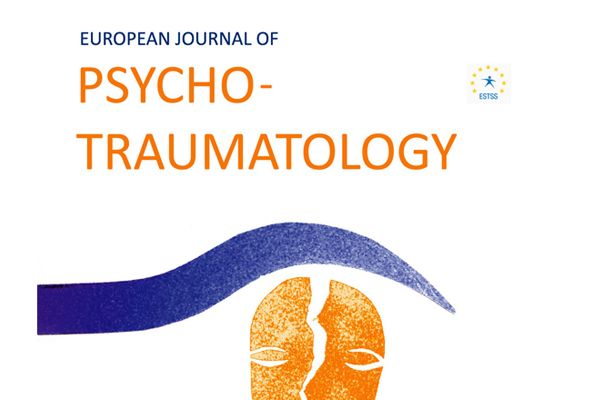8 oktober 2021
European Journal of Psychotraumatology
A. Lotzin, E. Acquarini, D. Ajdukovic, V. Ardino, M. Böttche, K. Bondjers, et al.
DOI: 10.1080/20008198.2021.1964197
Abstract
Background: The COVID-19 pandemic exposes individuals to multiple stressors, such as quarantine, physical distancing, job loss, risk of infection, and loss of loved ones. Such a complex array of stressors potentially lead to symptoms of adjustment disorder.
Objective: This cross-sectional exploratory study examined relationships between risk and protective factors, stressors, and symptoms of adjustment disorder during the first year of the COVID-19 pandemic.
Methods: Data from the first wave of the European Society of Traumatic Stress Studies (ESTSS) longitudinal ADJUST Study were used. N = 15,563 participants aged 18 years and above were recruited in eleven countries (Austria, Croatia, Georgia, Germany, Greece, Italy, Lithuania, the Netherlands, Poland, Portugal, and Sweden) from June to November 2020. Associations between risk and protective factors (e.g. gender, diagnosis of a mental health disorder), stressors (e.g. fear of infection, restricted face-to-face contact), and symptoms of adjustment disorder (ADNM-8) were examined using multivariate linear regression.
Results: The prevalence of self-reported probable adjustment disorder was 18.2%. Risk factors associated with higher levels of symptoms of adjustment disorder were female gender, older age, being at risk for severe COVID-19 illness, poorer general health status, current or previous trauma exposure, a current or previous mental health disorder, and longer exposure to COVID-19 news. Protective factors related to lower levels of symptoms of adjustment disorder were higher income, being retired, and having more face-to-face contact with loved ones or friends. Pandemic-related stressors associated with higher levels of symptoms of adjustment disorder included fear of infection, governmental crisis management, restricted social contact, work-related problems, restricted activity, and difficult housing conditions.
Conclusions: We identified stressors, risk, and protective factors that may help identify individuals at higher risk for adjustment disorder.


